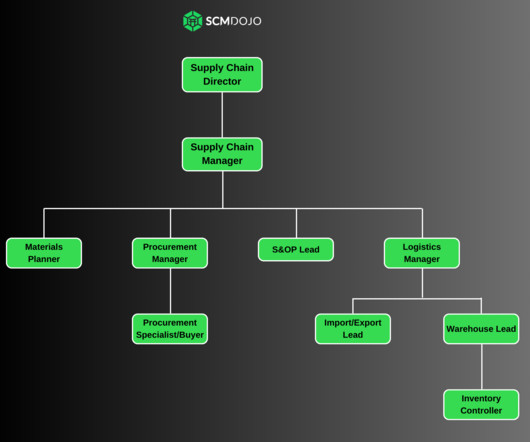Top 10 Hottest Courses at SCMDOJO Academy 2024
SCMDOJO
DECEMBER 29, 2024
It will also help you develop a strong foundation in procurement best practices and enhance your ability to optimize costs and build strong supplier relationships. Essential Supply Chain KPIs: Measure, Analyze, Improve This course by Paul Denneman explores the critical role of Key Performance Indicators (KPIs) in supply chain management.












Let's personalize your content